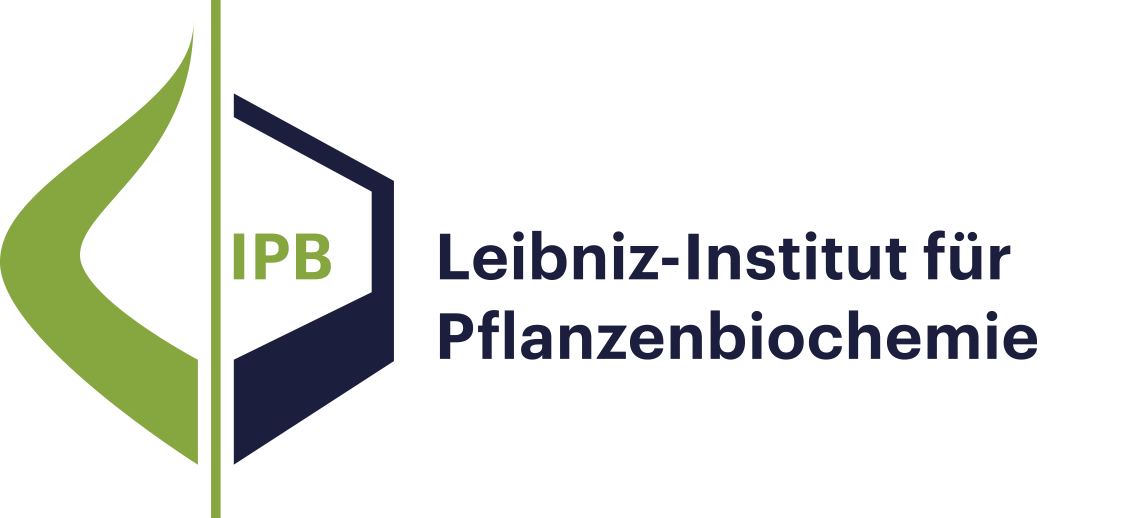Publikationen Program Center MetaCom
- Results as:
- Print view
- Endnote (RIS)
- BibTeX
- Table: CSV | HTML
Publications
Publications
Diese Seite wurde zuletzt am 03 Sep 2024 geändert.
Research Mission and Profile
Molecular Signal Processing
Bioorganic Chemistry
Biochemistry of Plant Interactions
Cell and Metabolic Biology
Independent Junior Research Groups
Program Center MetaCom
Publications
Good Scientific Practice
Research Funding
Networks and Collaborative Projects
Symposia and Colloquia
Alumni Research Groups
Publikationen
Publikationen Program Center MetaCom
Publications
Capsicum (pepper) is among the most economically important species worldwide, and its fruits accumulate specialized metabolites with essential roles in plant environmental interaction and human health benefits as well as in conferring their unique taste. However, the genetics underlying differences in metabolite presence/absence and/or accumulation remain largely unknown. In this study, we carried out a genome-wide association study as well as generating and characterizing a novel backcross inbred line mapping population to determine the genetic architecture of the pepper metabolome. This genetic analysis provided over 1,000 metabolic quantitative trait loci (mQTL) for over 250 annotated metabolites. We identified 92 candidate genes involved in various mQTLs. Among the identified loci, we described and validated a gene cluster of eleven UDP-glycosyltransferases (UGTs) involved in monomeric capsianoside biosynthesis. We additionally constructed the gene-by-gene-based biosynthetic pathway of pepper capsianoside biosynthesis, including both core and decorative reactions. Given that one of these decorative pathways, namely the glycosylation of acyclic diterpenoid glycosides, contributes to plant resistance, these data provide new insights and breeding resources for pepper. They additionally provide a blueprint for the better understanding of the biosynthesis of species-specific natural compounds in general.
Publications
The exporter of the auxin precursor indole-3-butyric acid (IBA), ABCG36/PDR8/PEN3, from the model plant Arabidopsis has recently been proposed to also function in the transport of the phytoalexin camalexin. Based on these bonafide substrates, it has been suggested that ABCG36 functions at the interface between growth and defense. Here, we provide evidence that ABCG36 catalyzes the direct, ATP-dependent export of camalexin across the plasma membrane. We identify the leucine-rich repeat receptor kinase, QIAN SHOU KINASE1 (QSK1), as a functional kinase that physically interacts with and phosphorylates ABCG36. Phosphorylation of ABCG36 by QSK1 unilaterally represses IBA export, allowing camalexin export by ABCG36 conferring pathogen resistance. As a consequence, phospho-dead mutants of ABCG36, as well as qsk1 and abcg36 alleles, are hypersensitive to infection with the root pathogen Fusarium oxysporum, caused by elevated fungal progression. Our findings indicate a direct regulatory circuit between a receptor kinase and an ABC transporter that functions to control transporter substrate preference during plant growth and defense balance decisions.
Diese Seite wurde zuletzt am 03 Sep 2024 geändert.

